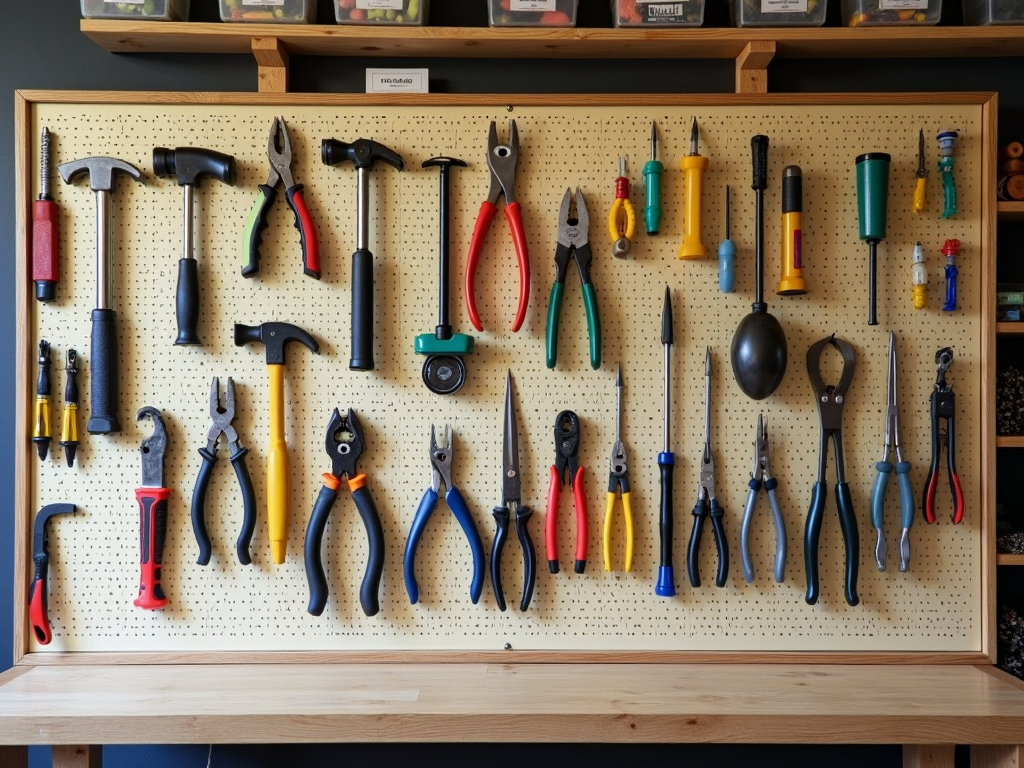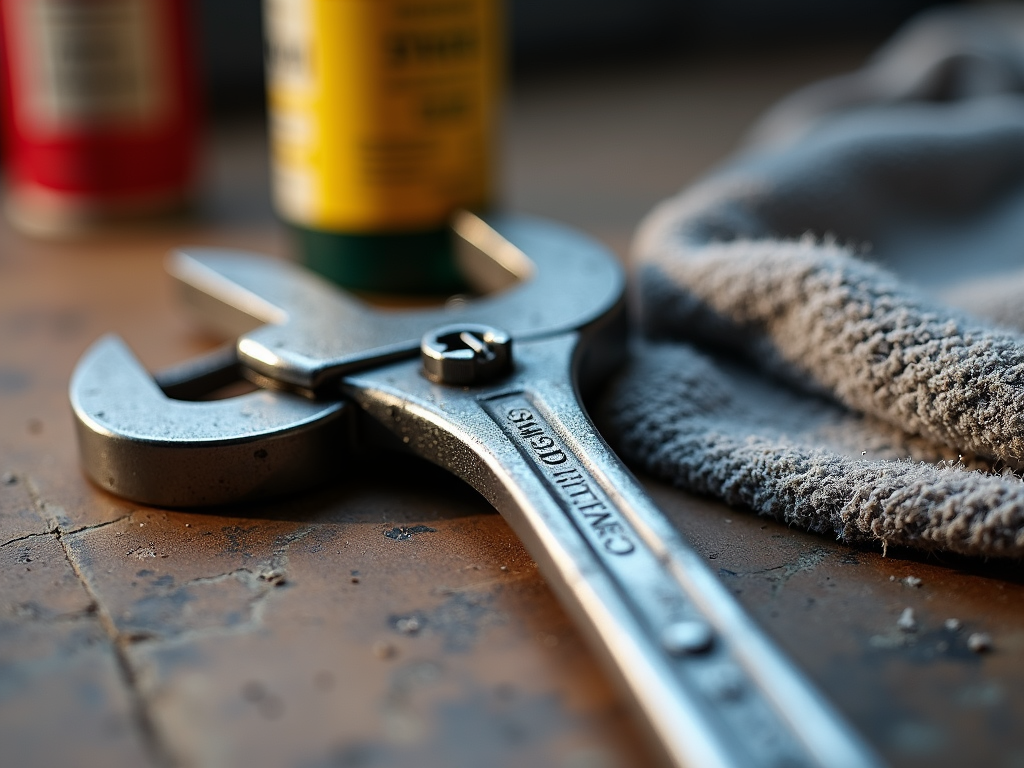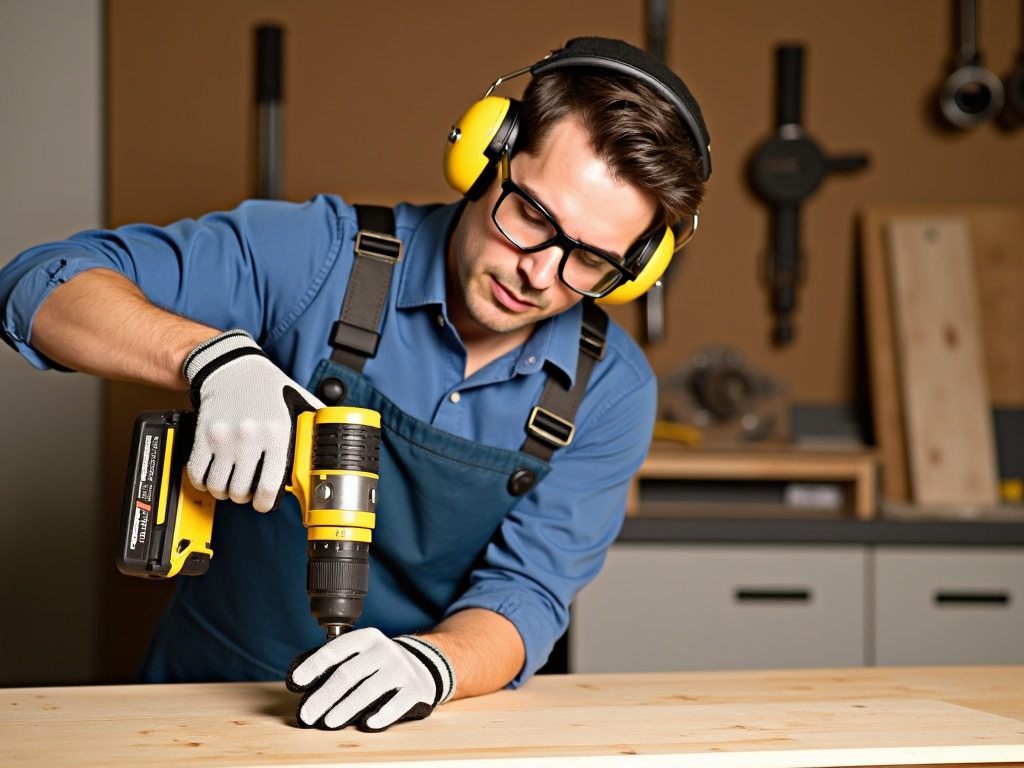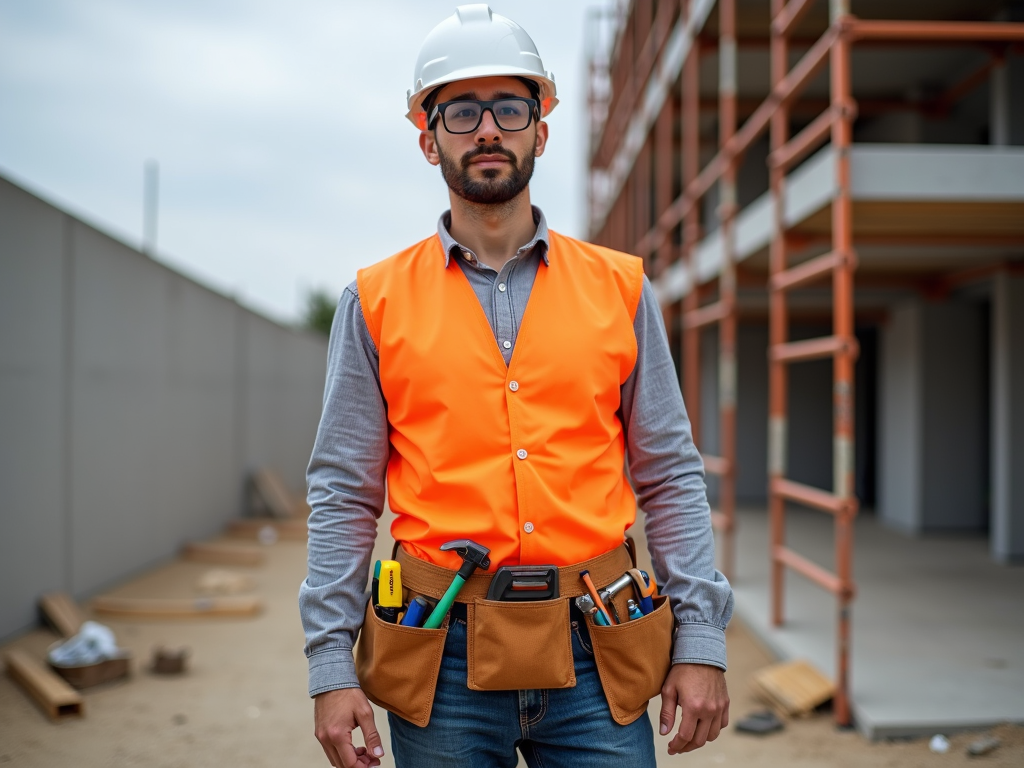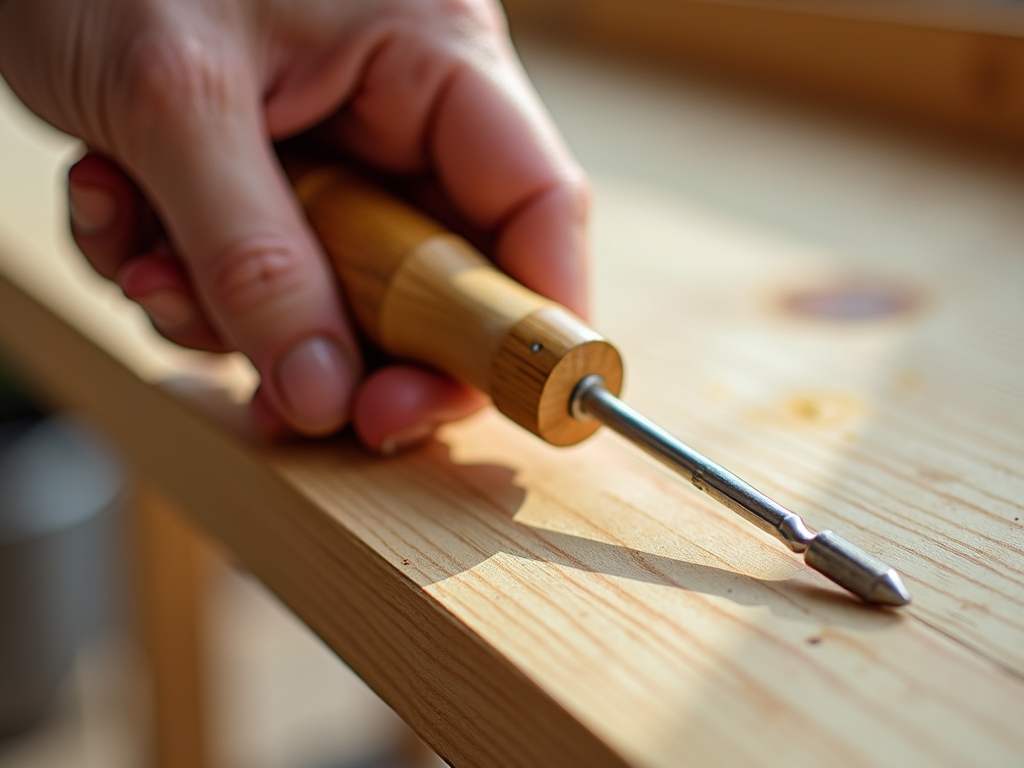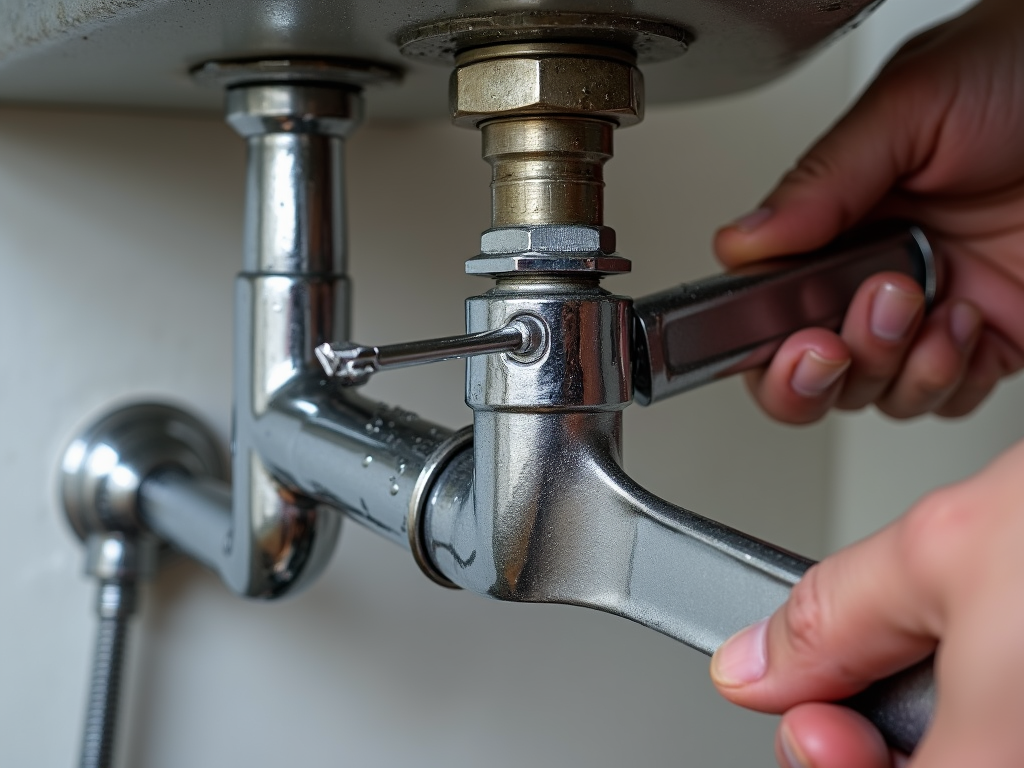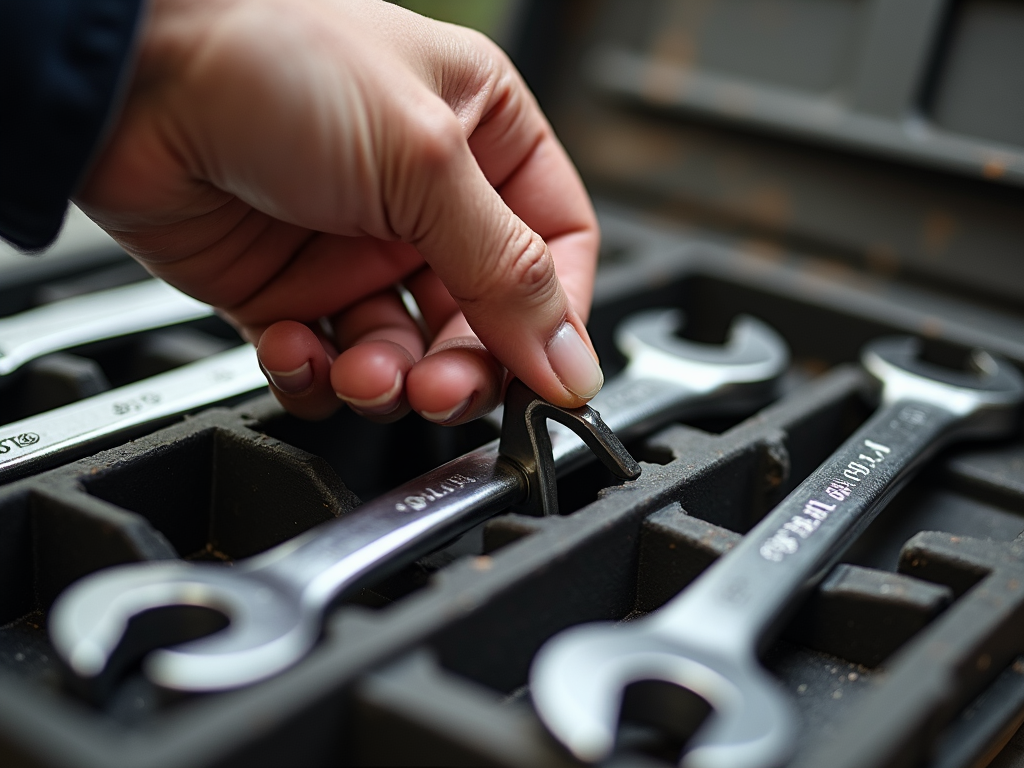Tool belts are essential for construction workers, providing easy access to tools and improving efficiency on the job. In this guide, we'll explore the different types of tool belts, how to choose the right one for your needs, and share tips from seasoned professionals.
Types of Tool Belts
Tool belts come in various materials, each with its own advantages and disadvantages. Understanding these can help you make an informed decision.
-
Leather Tool Belts: Known for their durability and classic look, leather belts are a popular choice among construction workers. They can withstand heavy use and provide excellent support for carrying multiple tools. However, they are heavier than other materials and may require more maintenance to keep them in good condition.
-
Nylon Tool Belts: Lightweight and often more affordable, nylon belts are a great option for workers who prioritize comfort and ease of movement. They are resistant to water and can be easily cleaned, but they may not be as durable as leather in the long run.
-
Canvas Tool Belts: Offering a balance between durability and weight, canvas belts are another viable option. They are typically less expensive than leather and provide good resistance to wear and tear. However, they may not hold up as well under extremely heavy loads.
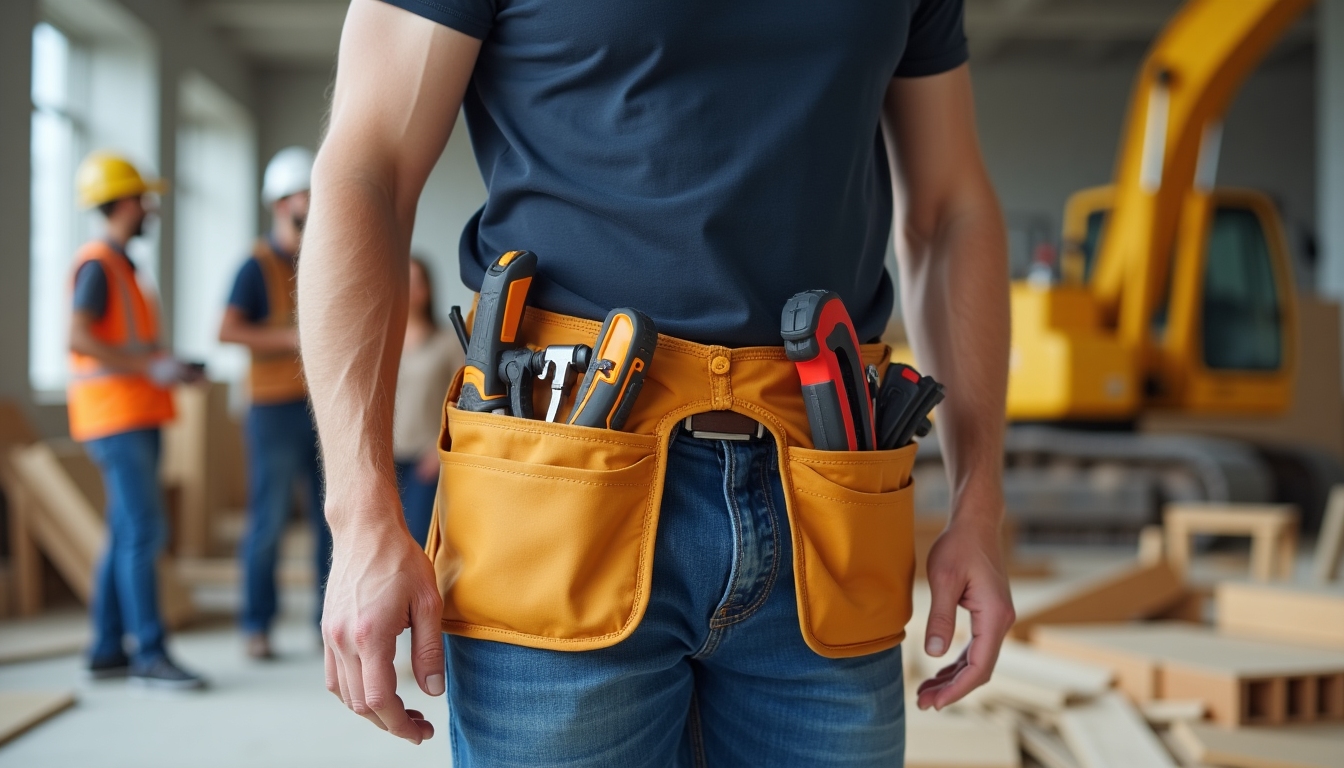
Choosing the Right Tool Belt
Selecting the perfect tool belt involves considering several factors tailored to your specific needs.
-
Type of Work: The nature of your job will dictate the type of tool belt you need. For example, electricians might prefer belts with multiple small pockets for various tools, while carpenters might need larger pouches for nails and hammers.
-
Comfort and Fit: Since you'll be wearing the belt for extended periods, comfort is crucial. Look for belts with adjustable straps and padding to reduce strain on your back and hips.
-
Tool Accessibility: Ensure that the belt allows you to organize your tools in a way that the most frequently used ones are easily accessible. This can significantly improve your efficiency on the job.
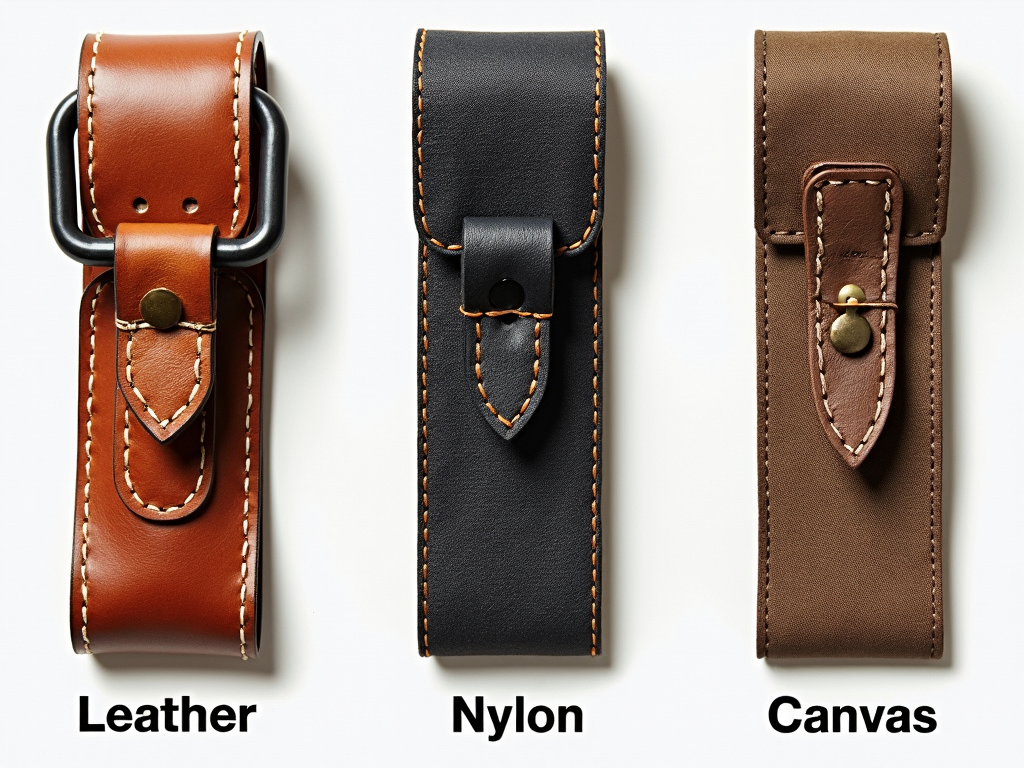
Organizing Your Tool Belt
A well-organized tool belt can save you time and frustration. Here are some tips from experienced construction workers:
-
Group Similar Tools: Keep tools that are used together in the same pouch or section of the belt. For example, place your hammer and nails in adjacent pockets.
-
Prioritize Accessibility: Place the tools you use most frequently in the front pockets for quick access.
-
Balance the Load: Distribute the weight evenly across the belt to avoid strain on one side of your body.
Maintenance and Care
Proper maintenance can extend the life of your tool belt and ensure it remains functional.
-
Regular Cleaning: Depending on the material, clean your belt with appropriate methods. For leather, use a damp cloth and leather conditioner; for nylon and canvas, a mild soap and water solution works well.
-
Inspect for Wear and Tear: Regularly check for any signs of damage, such as frayed straps or torn pockets, and repair or replace as necessary.
-
Proper Storage: When not in use, store your tool belt in a dry, cool place to prevent material degradation.

Personal Experiences
Hearing from those who use tool belts daily can provide valuable insights.
-
John, a veteran carpenter: "I've been using a leather tool belt for over 20 years. It's like an extension of myself. The key is to keep it organized and not overload it. Quality over quantity when it comes to tools."
-
Maria, an electrician: "I switched to a nylon belt last year, and it's been a game-changer. It's so much lighter, and I can move around more freely. Plus, it's easier to clean after a long day."
Below is a comparison table of popular tool belt brands, their key features, and price ranges:
| Brand | Material | Key Features | Price Range |
|---|---|---|---|
| Occidental Leather | Leather | High durability, multiple pockets | $150 - $300 |
| DeWalt | Nylon | Lightweight, water-resistant | $50 - $100 |
| Klein Tools | Canvas | Affordable, good for light to medium use | $30 - $80 |
| ToughBuilt | Nylon | Modular design, customizable | $70 - $150 |
Summary
A well-chosen tool belt can significantly enhance your efficiency and comfort on the job. By considering your specific needs and following the advice in this guide, you'll be well-equipped to tackle any construction project. Remember, the right tool belt is not just about carrying tools; it's about optimizing your workflow and ensuring you have what you need, when you need it.
Related tool belts for construction workers:
- How to Stay Safe on Construction Sites: Essential Tips
- Top 10 Must-Have Tools for Construction Workers
- Workshop Organization Hacks to Boost Productivity
- Top Maintenance Tips for Extending Tool Lifespan
- Essential Safety Gear for Power Tool Users
- A Comprehensive Guide to Workwear and Safety Gear
- Top 10 Sustainable Hand Tools in 2024
- Top 10 Plumbing Tools Every DIYer Should Own
- Mastering Power Tool Maintenance: Keep Your Tools Running Like New
- Safety Tips for Using Power Tools: The Ultimate Guide to Cordless Drill Care
- The Difference Between Automotive and Manual Tools
- Choosing the Right Wrench for Your Projects: A Comprehensive Guide


